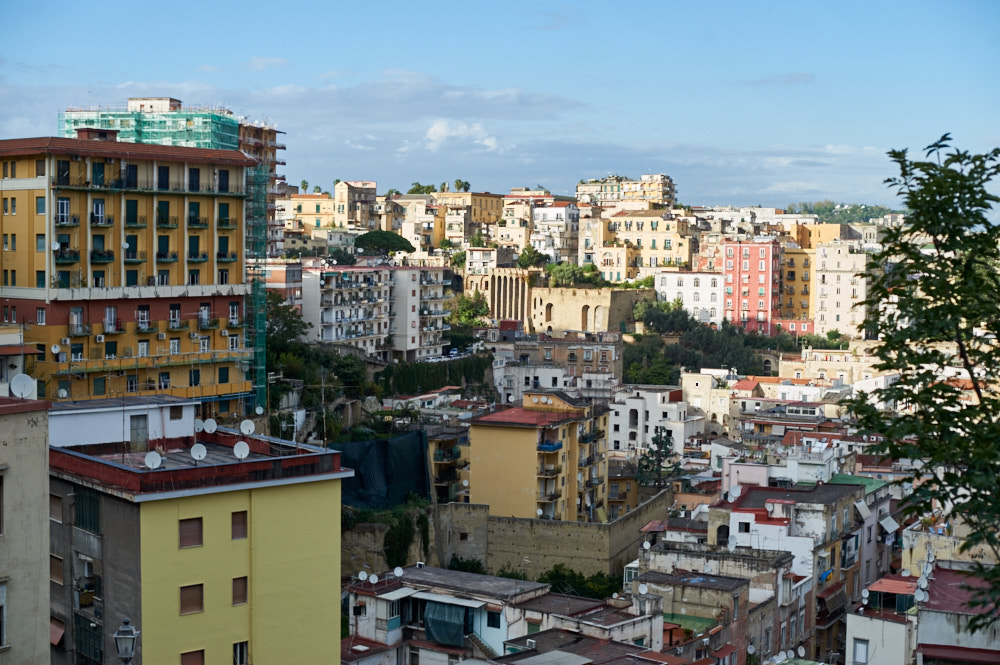
Taking a deep dive into narrow alleys and colourful life of the Quartieri Spagnoli, the “Spanish” neighbourhood of Naples.
“Napule è mille culure, Napule è mille paure, Napule è a voce d’ ‘e creature che saglie chiano chianu e tu saje ca nun si sulo:” (Pino Daniele)
Naples is a thousand colors, Naples is a thousand fears, Naples is the voice of children gently coming through
From one window you hear the voice of the beloved Neapolitan singer Pino Daniele, some football match from the next and then an opera piece – the Quartieri Spagnoli are a cacophony of sounds. Mums calling their children, men talking to each other from one balcony to the next and then there are the scooters finding their way through the alleys.
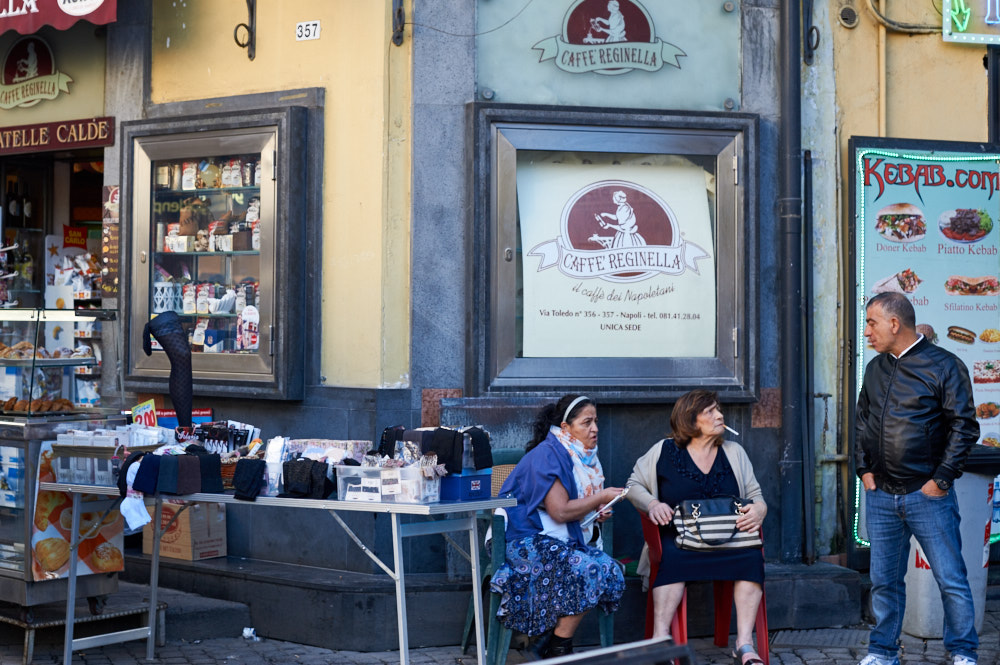
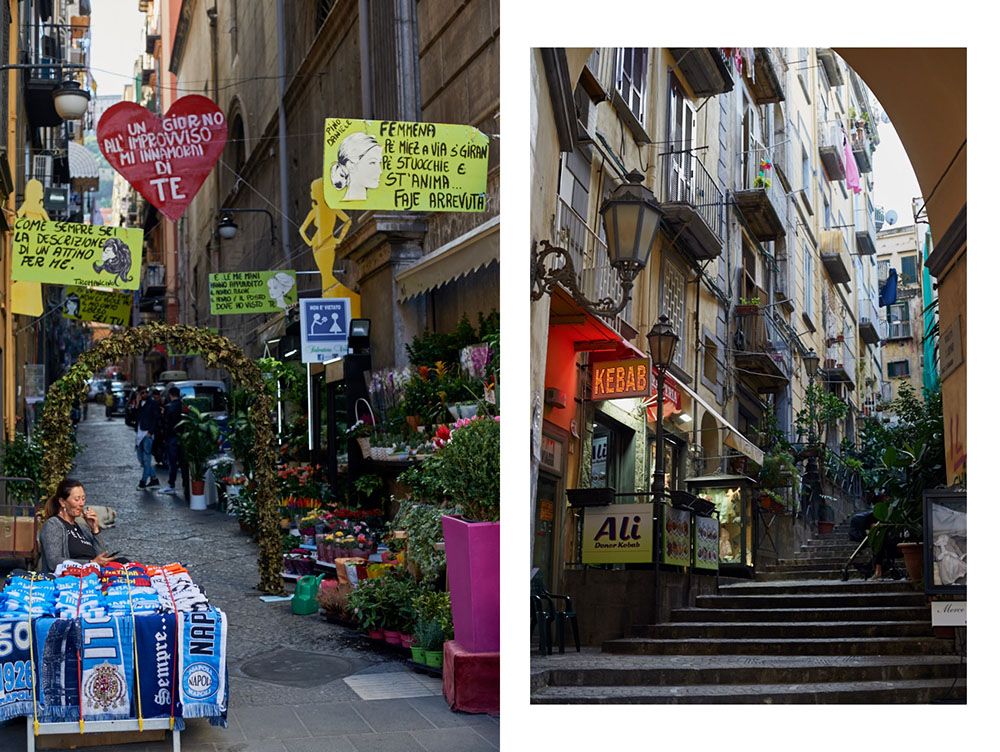
they did start as a place for the rich and noble: it was the Spanish viceroy Pedro de Toledo who chose the area in the 16th century as the perfect location for Spanish politicians and ministers to live. Apparently, he liked it because of its beauty and pleasantness, full as it was with mulberry trees and green. After the ministers and their families came Spanish soldiers, who lived in the bassi and attracted large numbers of prostitutes, ready to keep them company while they were far from home; but the military didn’t only bring around easy women, but also helped the flourishing of commerce: soon the many alleys around Via Toledo, the Quartieri Spagnoli’s main artery, filled up with workshops and stores, bringing a multi cultural and varied population to move into them. (L´Italo Americano)
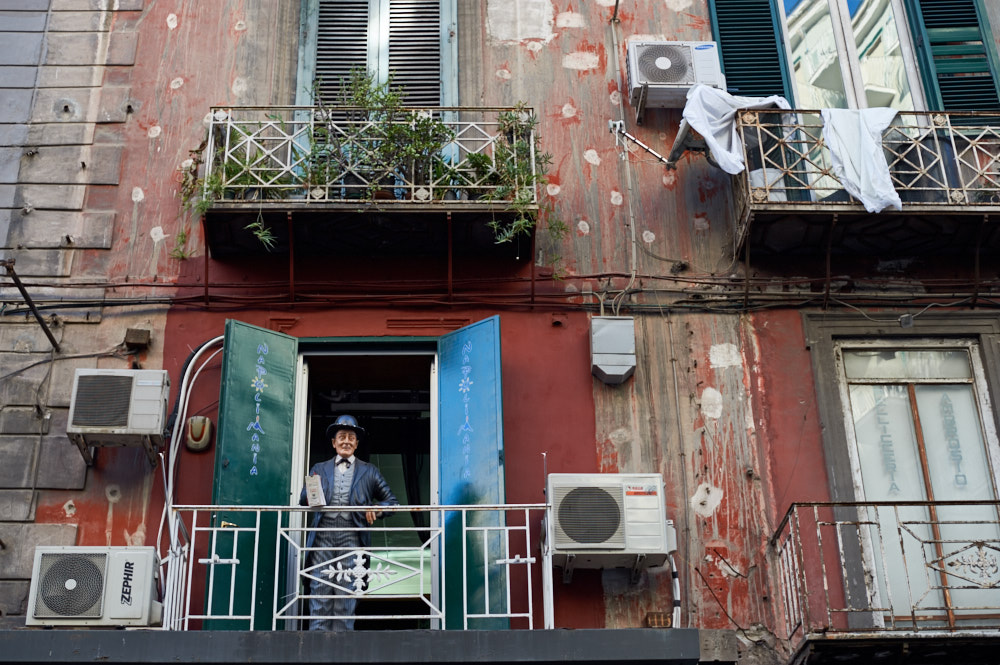
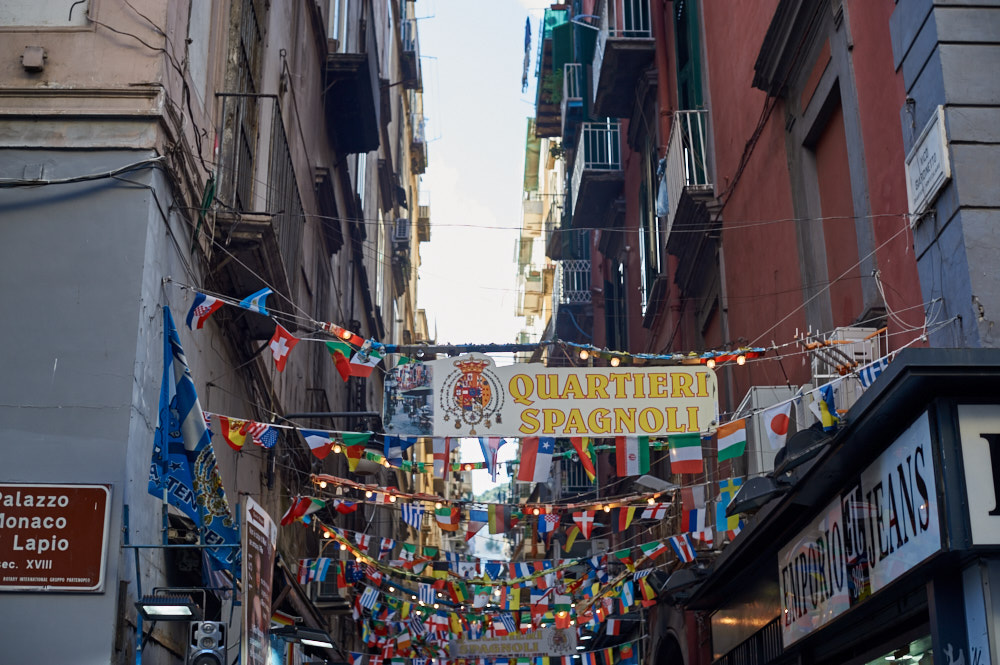
In the 18th century the Quartieri Spagnolia was loved by artists who choose them as their residence. Poet Eleonora Pimentel Fonseca was one of the first and followed by many, like Goethe.

And how can we forget, to say it all, that it’s in Via Sant’Anna di Palazzo, at the heart of the Quartieri, that the most famous pizza in the world, the Margherita, was born? Indeed, it was there in 1889 that the tricolored delicacy was created in honor of Queen of Italy. (L´Italo Americano)
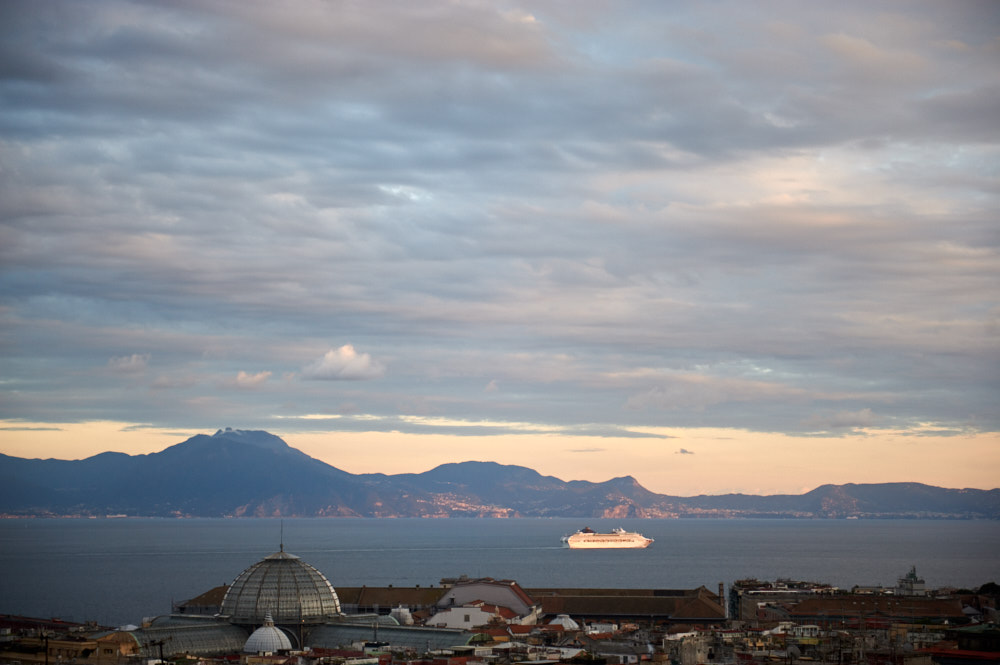
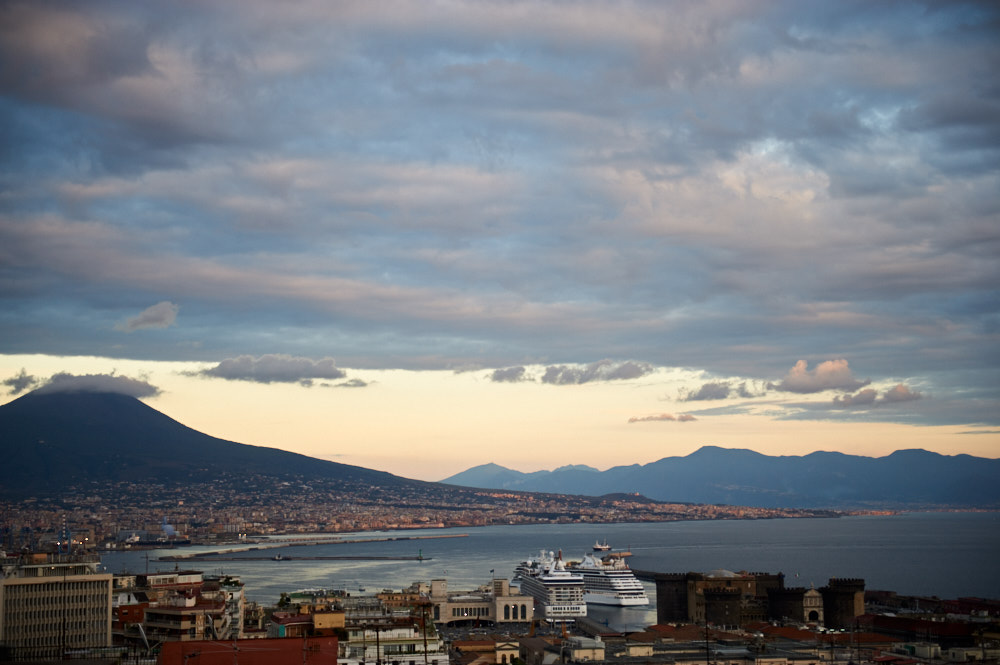
Leave a Reply